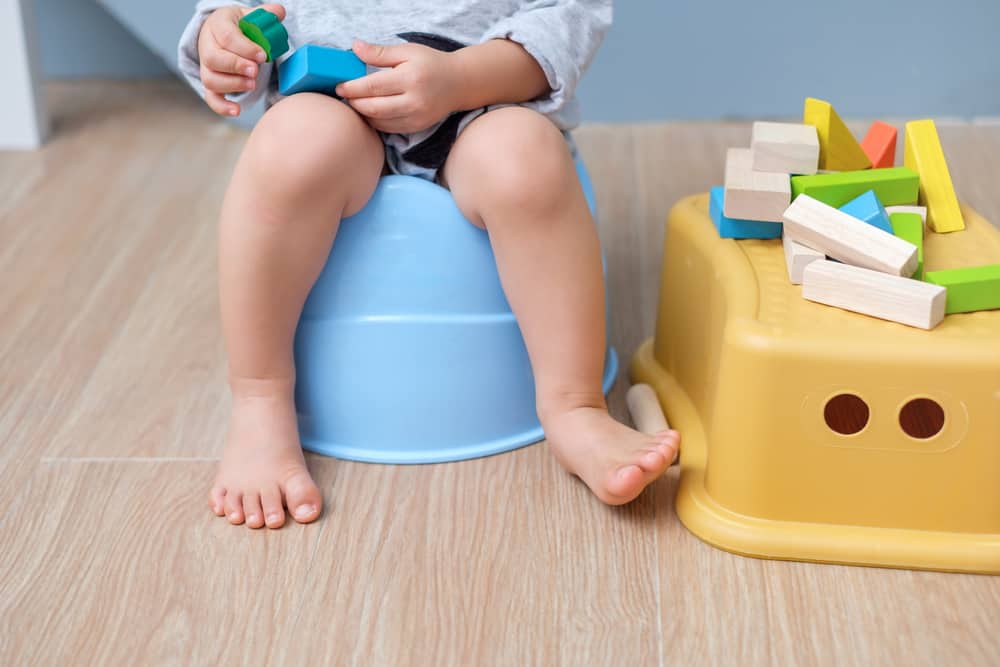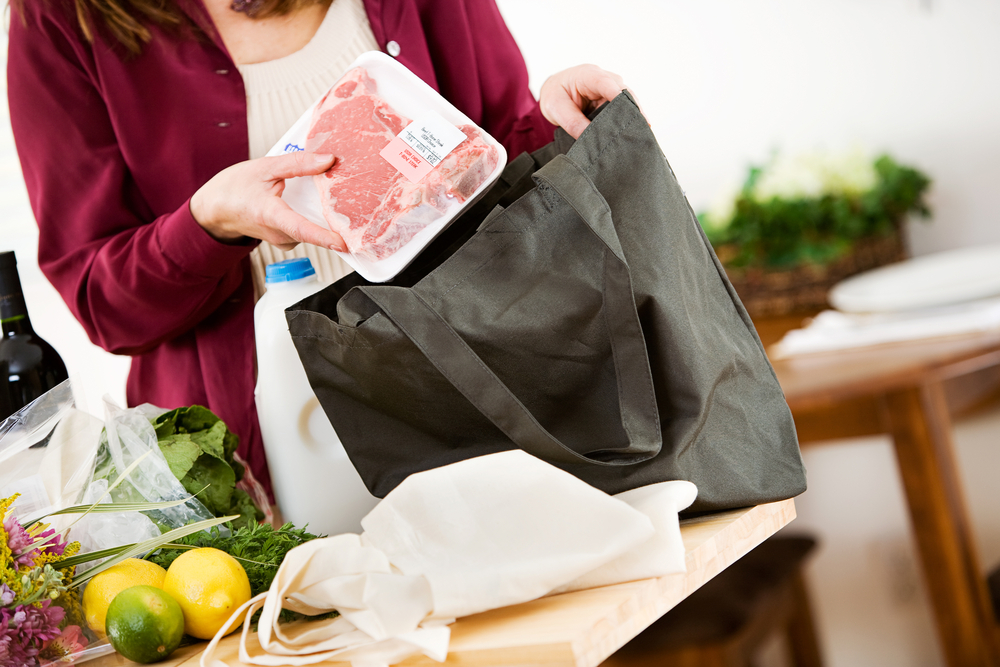Contents:
Medical Video: Celiac disease - causes, symptoms, diagnosis, treatment & pathology
Definition
What is d-xylose absorption test?
The D-xylose absorption test measures D-xylose (a type of sugar) in your blood or urine. This check is done to diagnose problems that prevent the performance of the small intestine from absorbing nutrients from food. D-xylose is generally easily absorbed by the intestine. When the problem of absorption occurs, D-xylose is not absorbed by the intestine, and the levels in the blood or urine will decrease.
When should I undergo a d-xylose absorption test?
If your intestines cannot absorb D-xylose properly, your doctor will take care of the preparation of this test to determine whether you have malabsorption syndrome. This syndrome is caused when your small intestine - which is responsible for most of the digestive process of food - is unable to absorb enough nutrients from your daily diet. Malabsorption syndrome can cause several symptoms, such as losing weight, chronic diarrhea, and feeling very weak and tired.
Prevention & warning
What should I know before undergoing d-xylose absorption test?
If you have a bacterium that exceeds the normal level in your intestine, you may need to take antibiotics for 1-2 days before taking the test. This series of tests can cause dehydration. Make sure you drink enough fluids to replace lost body fluids when running the test. Tell your doctor if you complain about diarrhea problems after taking a D-xylose solution. Blood levels of D-xylose are generally considered to be more reliable than using urine samples in children under 12 years of age.
Examinations that look at the walls of the small intestine (upper digestive tract) may be used if the doctor suspects signs of Crohn's disease or other malabsorption syndromes.
Process
What should I do before undergoing d-xylose absorption test?
You will be asked to fast food containing pentose for 24 hours before running the test series. Pentose is a type of sugar similar to D-xylose. Foods rich in pentose include pastries, jellies, bread spreads, and fruits. Your doctor may advise you to temporarily stop some medications before taking the test, because certain drugs will affect the test results. You are not allowed to eat or drink anything except water for 8-12 hours before the blood sample test. Children should avoid eating or drinking anything other than water for 4 hours before the test.
What is the process of d-xylose absorption test?
The amount of D-xylose in urine and blood samples is measured before and after you take the D-xylose solution. To start the test, the doctor will collect the first batch of samples from your blood and urine. Next, you will be given an oral D-xylose solution to drink. In adults, blood samples are usually taken 1 hour after you drink the solution. Then, the next blood group sample will be taken 5 hours after you take the D-xylose solution. You are needed to collect all the urine you produce after 5 hours of drinking the D-xylose solution. Sometimes, the urine will be collected after 24 hours from the consumption of the solution.
Blood test
The medical personnel who are in charge of taking your blood will take the following steps:
- wrap an elastic belt around your upper arm to stop the blood flow. This makes the blood vessels under the bond enlarge making it easier to inject needles into the vessels
- clean the part to be injected with alcohol
- inject a needle into a vein. More than one needle may be needed.
- attach the tube to the syringe to fill it with blood
- remove the ties from your arms when taking blood is enough
- attach gauze or cotton to the injected part, after the injection is finished
- put pressure on the part and then put on a bandage
Urine test
You will start collecting your urine since morning. The first time you wake up in the morning, please urinate, but do not include this urine in the urine sample that you will submit to the doctor. Record the exact time you urinated to indicate the first 5 hours of the sample collection period.
In the next 5 hours, collect your urine again. Your medical officer or doctor will provide a large container that can hold about 4 liters of liquid. The container has a number of preservatives in it. Urinate in a small, sterilized container and pour your urine into a larger container. Do not touch the inside of the container with your finger. Store large containers in the refrigerator during the sample collection period. Empty your bladder during the last collection or just before you end the 5 hour sample collection period. Try to keep the container uncontaminated with foreign objects, such as tissues, pubic hair, feces, menstrual blood, and others.
You are not allowed to eat until the test is complete.
What should I do after undergoing a d-xylose absorption test?
If your doctor suspects you have malabsorption syndrome, he will recommend a test to examine the walls of your small intestine. If you have an intestinal parasite, your doctor will schedule additional tests to determine the type of parasite and therapy that is suitable for your condition.
If your doctor suspects that you have been infected with a short bowel syndrome, he will recommend changing your diet or prescribing medication.
Explanation of Test Results
What do the test results mean?
Blood D-xylose levels reached the highest level in 2 hours after taking D-xylose solution. Almost all D-xylose will be washed away in the urine during the first 5 hours. If your intestines cannot absorb D-xylose properly, the amount of D-xylose in the blood and urine will be very low.
Certain conditions can change D-xylose levels. The doctor will discuss abnormal results that look significant to you in connection with the signs you have and your medical history.
Normal
Depending on the laboratory of your choice, the normal range of these tests can vary. Discuss the questions you have about the results of your health test with your doctor.
| D-xylose in data | |
| Babies (5-gram dose): | More than 15 milligrams per deciliter (mg / dL) or more than 1.0 millimole per liter (mmol / L) |
| Child (5-gram dose): | More than 20 mg / dL or more than 1.3 mmol / L |
| Adult (5-gram dose): | More than 20 mg / dL in 2 or more than 1.3 mmol / L |
| Adults (25-gram dose): | More than 25 mg / dL in 2 or more than 1.6 mmol / L |
| D-xylose in urine (5-hour urine sample) | |
| Children: | 16% -33% D-xylose is found |
| Adult: | More than 16% of D-xylose was found or more than 4 grams (g) found |
| Adults aged 65 or over: | More than 14% of the D-xylose dose or more than 3.5 found |
Low level
Low levels caused by:
- diseases that affect the intestine's ability to absorb nutrients (malabsorption syndrome), such as celiac disease, Crohn’s disease, or Whipple’s disease
- inflammation of the intestinal wall
- short bowel syndrome
- parasitic infections, for example glardiasis or hookworm
- infection that causes vomiting (food poisoning or flu)
Hello Health Group does not provide medical advice, diagnosis or treatment.











